Understanding Osteoporosis
Osteoporosis is a condition characterised by bones weakening and turning brittle due to reduced bone density, making them more prone to fractures and cracks. The process usually progresses slowly over time and often goes unnoticed until a fracture occurs.
This condition primarily affects the wrists, spine, and hips. Dry Needling Therapy for Osteoporosis helps most individuals find relief from the associated pain, enhancing mobility and promoting better quality of life.
The imbalance between bone resorption and bone formation leads to a loss of bone density, resulting in fragile bones that can easily break during minor traumas or normal daily activities.
Common Causes of Osteoporosis
It primarily results from aging processes, hormonal changes, and nutritional deficiencies. Women, especially at the postmenopausal stage of life, are at an increased risk due to reduced estrogen levels.
Other causes include poor intake of calcium and vitamin D, leading an inactive lifestyle with minimal daily walking; smoking; excessive alcohol use; and some medications. Additionally, diseases like rheumatoid arthritis, hormonal disorders, and conditions causing malabsorption of nutrients can contribute to bone loss.
Dry Needling therapy for Osteoporosis may provide relief by addressing muscle tightness that can develop as a result of these conditions. Osteoporosis can also be genetic or based on family history, whereby this susceptibility to the development of osteoporosis is greater in some compared to others.
Symptoms and Diagnosis of Osteoporosis
Osteoporosis often has no symptoms until a bone fractures or breaks from minor stress. Common signs include back pain, a stooped posture, and a loss of height over time.
Diagnosis usually involves a bone density test, such as a DEXA scan, which measures bone mineral density. In some cases, Dry Needling Therapy for Osteoporosis is explored as a complementary treatment to help manage pain and improve mobility.
Doctors may also assess risk factors and medical history to determine the likelihood of osteoporosis and decide on appropriate treatment.
Impact of Osteoporosis on Daily Life
Osteoporosis can therefore be very disturbing to life because it makes one more susceptible to increased risks of fractures and their associated complications, including reduced mobility.
Simple activities in which a patient engaged, like bending, lifting, or even walking, may now seem challenging or prove to be risky. Dry needling therapy for osteoporosis is found to alleviate muscle tightness, making movement easier and less painful for individuals suffering from the condition.
One may have to modify his or her lifestyle in order to avoid falling and fracturing various body parts by using assistive devices or modifying the environment. This may result in chronic pain and loss of independence, hence decreasing the quality of life and daily functioning.
What is Dry Needling Therapy?
In dry needling therapy for Osteoporosis, thin needles are inserted into specific muscle areas. The therapy targets trigger points—tight bands of muscle that cause pain and restrict movement.
The pressure at these trigger points stimulates the points that release muscle tension, increase blood flow, and generally reduce pain and stiffness. It’s used to address issues like muscle pain and tightness and can be particularly effective for managing pain related to conditions like osteoporosis.
Types of Dry Needling Therapy for Osteoporosis
Depending on the condition and your health requirements, different types of Dry Needling therapy for Osteoporosis can be used such as myofascial trigger point therapy or deep dry needling in patients.
Myofascial trigger point therapy works on knots within the muscle for pain relief and reduction of tension. Deep dry needling refers to a deeper level of the muscles that enhances mobility and comfort due to reduced discomfort. These techniques thus help in pain management and improvement of muscle functioning in osteoporosis patients.
Trigger Point Dry Needling
Trigger Point Dry Needling is the procedure whereby the muscle knot or the trigger point has been oriented towards the source of pain or discomfort and local to the original site of injury.
This involves under the case of osteoporosis, the puncturing of needles into the tight muscle areas like the back and hips. No medication is deposited at the site with dry needling, but it will reduce muscle tension by stimulating trigger points, and it will stimulate blood flow to enhance healing. This reduces pain and improves mobility, thereby managing discomfort caused by osteoporosis.
For example, if one of the lower back muscles has tightened up a lot and is giving one much pain, then dry needling therapy for Osteoporosis can help alleviate that pain and improve movement.
Superficial Dry Needling
Superficial Dry Needling therapy for Osteoporosis targets the upper layers of the skin and muscle. In osteoporosis management, this technique involves placing needles just beneath the skin to relax the surface muscles and increase blood flow.
This method can be helpful in addressing minor muscle tension and discomfort near the surface of the body. For instance, if a person with osteoporosis experiences tightness in the shoulder area, superficial dry needling can help alleviate that tightness and improve movement in that region.
Deep Tissue Dry Needling
If deep muscles in the lower back are contributing to pain and reduced movement, deep tissue dry needling therapy for Osteoporosis can help by targeting these deeper areas, promoting relaxation and improving function.
The method focuses on deeper layers of muscles and connective tissues.In dry needling therapy for Osteoporosis, the technique involves inserting needles into deeper muscle layers, such as those in the lower back or thighs
Functional Dry Needling
Functional Dry Needling combines dry needling with functional movements to address muscle imbalances. For osteoporosis, this approach involves using needles in conjunction with exercises that mimic everyday activities.
The goal is to enhance muscle function and coordination. For instance, if the condition leads to muscle imbalances that affect walking, functional dry needling therapy for Osteoporosis can target relevant muscle groups while incorporating exercises to improve overall movement and stability.
How Dry Needling Therapy Works for Osteoporosis
Dry needling therapy for Osteoporosis works by inserting thin needles into specific muscle areas to relieve pain and improve mobility. In the case of osteoporosis, this therapy targets muscle tightness and trigger points that can contribute to discomfort.
By stimulating these areas, dry needling helps release muscle tension, enhance blood flow, and promote healing. For example, if osteoporosis causes muscle stiffness in the back or hips, dry needling can reduce this stiffness and improve movement.
Benefits of Dry Needling Therapy Works for Osteoporosis
This treatment, dry needling therapy for Osteoporosis, decreases muscle tension in the body and, as a result, the pain created by it. It improves mobility since along with decreased joint mobility; there is also the unrestricted number of tight muscles and trigger points focused upon.
It improves blood flow, and the activation of proper muscle functioning fosters overall movements. In this regard, it complements other treatments or therapies for osteoporosis by addressing those muscular problems associated with them, hence assisting in better management.
Pain Relief
Dry needling therapy for Osteoporosis helps release tension in muscle bands which increase flexibility and reduce stiffness. This can be effective in reducing pain in the muscles or joints as it increases blood flow and reduces strain on the area.
Improved Muscle Function
Dry Needling therapy for Osteoporosis works by targeting the increased tightness in the muscle and breaking up 'knots' in the muscle, returning the muscle to normal function and flexibility.
So, in a person with osteoporosis, if some of the muscles become tight or overactive, it affects the movement. Dry needling releases this tension, and activities/exercises can be done more easily.
For example, if tight muscles limit the way you walk or bend, then dry needling is going to improve your range of motion and support improved muscle function for day-to-day activities.
Increased Blood Flow
Dry needling therapy for Osteoporosis increases the blood supply to the treated muscle. The stimulation of blood circulation from the insertion of needles can facilitate the delivery of oxygen and nutrients to affected areas.
In the case of osteoporosis, this would be very beneficial during the healing process of the muscles and reduce inflammation. For instance, if tight muscles in the back contribute to discomfort, higher blood flow from dry needling could help speed up the recovery of the injury and make the movement less painful.
Reduced Muscle Spasms
Dry needling reduces muscle spasms, which are isolated areas of muscle contraction. While being inserted, the needles seem to help release tightness and allow the muscles to refrain from involuntary contractions.
Muscle spasms can add to the discomfort and limitation of motion in people who have osteoporosis. In such cases, Dry Needling therapy for Osteoporosis can directly address such spasms and provide relief to patients so that they can use their muscles in a more relaxed and controlled fashion.
Enhanced Rehabilitation
Dry needling therapy for Osteoporosis relieves muscle pain and improves function, and supports physical therapy and exercise programs. For those with this condition, combining dry needling with rehabilitation exercises helps strengthen muscles and improve movement.
For example, if you're undergoing a rehab program to improve mobility and strength, dry needling can complement these efforts by easing muscle tension and promoting more effective exercises, accelerating overall recovery.
Choosing the Dry Needling Therapist for Osteoporosis
Choosing a Dry needle therapist can be intimidating, but some key questions can help you find the right person. Qualifications, experience, and reviews are a good start.
What to Look for in a Provider?
When choosing a dry needling therapist for osteoporosis, check their experience and qualifications. Look for a therapist with specific training in dry needling therapy for Osteoporosis and experience working with osteoporosis patients.
Ensure they use up-to-date techniques and equipment. It’s also important that they understand how osteoporosis affects muscle function and pain. Research their reputation by reading reviews or asking for referrals.
A good provider will create a personalised treatment plan and explain how dry needling can help with your specific condition.
Questions to Ask Your Therapist?
Ask your therapist about their experience with dry needling therapy for osteoporosis and how they customise treatment for this condition. Inquire about the number of sessions you might need and what results to expect.
Ask about any potential side effects or risks associated with the therapy. Find out how they will monitor your progress and if they offer complementary treatments to enhance the results. Clarify the costs involved and whether they can work with your insurance.
These questions help ensure you’re well-informed and comfortable with your treatment plan.
Key Considerations and Precautions for Dry Needling Therapy
When considering dry needling therapy for osteoporosis, make sure the therapist understands the specific challenges of treating patients with this condition. They should tailor the approach to your individual needs and ensure that it complements other treatments you may be receiving.
Be cautious of any underlying health conditions that could affect the therapy’s safety. Discuss any concerns with your therapist, including how they plan to manage your osteoporosis symptoms alongside dry needling.
Always follow their instructions carefully to minimise risks and maximise the benefits.
Safety of Dry Needling Therapy for Osteoporosis
Dry needling is generally safe when performed by a trained professional. It involves minimal risk, but you should be aware of any potential side effects, such as mild soreness or redness at the needle sites.
For osteoporosis patients, it's crucial that the therapist is knowledgeable about the condition and uses appropriate techniques. The therapy should be part of a comprehensive treatment plan that considers your overall health and bone density.
Always discuss any concerns with your therapist and ensure they take the necessary precautions to ensure your safety during the procedure.
Potential Risks of Dry Needling Therapy for Osteoporosis
Dry needling therapy for Osteoporosis is generally safe, but potential risks can be minor soreness or redness at the needle sites as it requires being inserted into the skin.
For osteoporosis patients, there is a risk of bruising or increased discomfort if muscles are already weakened or sensitive. Rarely, needle insertion might cause bleeding or infection.
Talk to a physiotherapist who understands osteoporosis to minimise these risks. Always discuss your medical history and any concerns with your therapist before starting treatment to ensure dry needling is appropriate for your condition.
Contraindications for Dry Needling Therapy
Dry needling may not be suitable for everyone. Contraindications include having active infections, bleeding disorders, or certain medical conditions that affect healing.
It’s also not recommended if you have significant osteoporosis-related fractures or severe bone loss in the area being treated. Inform your therapist about any health issues or medications you’re taking.
They will assess whether dry needling is safe for you and may suggest alternative treatments if necessary to ensure your safety and effectiveness of the therapy.
Why Choose Physiotattva for Osteoporosis?
Choose Physiotattva for osteoporosis since we have specialised services in the treatment of this illness through dry needling and other efficient modalities. At Physiotattva, we have expertise in pain management with dry needling therapy for Osteoporosis for improvement of mobility.
We offer individualised treatment plans catering specifically to you and your needs, fully cooperating with other therapies.
We apply modern techniques and ensure that our patient is well-informed and knowledgeable regarding how each form of treatment will benefit them. By reaching out to Physiotattva, you get an all-rounded approach toward enhancing the quality of life and living with osteoporosis.
At Physiotattva physiotherapy clinics in Bangalore and Hyderabad, you receive personalised care tailored to your specific needs, ensuring effective results and comfort throughout your journey to recovery.
Don’t wait to start your recovery! Get in touch with Physiotattva for more details! Contact us at +91 89510 47001.


.webp)

-Physiotherapy.webp)
-for-Shoulder-Pain-Relief.webp)
-for-Knee-Pain-Relief.webp)


-for-Back-Pain-Relief%20(1).webp)
















.webp)


.webp)

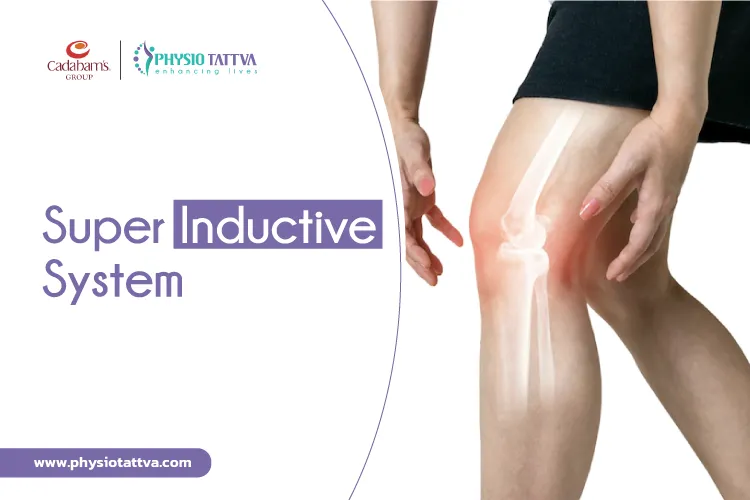



.webp)
.webp)


.webp)
.webp)

.webp)
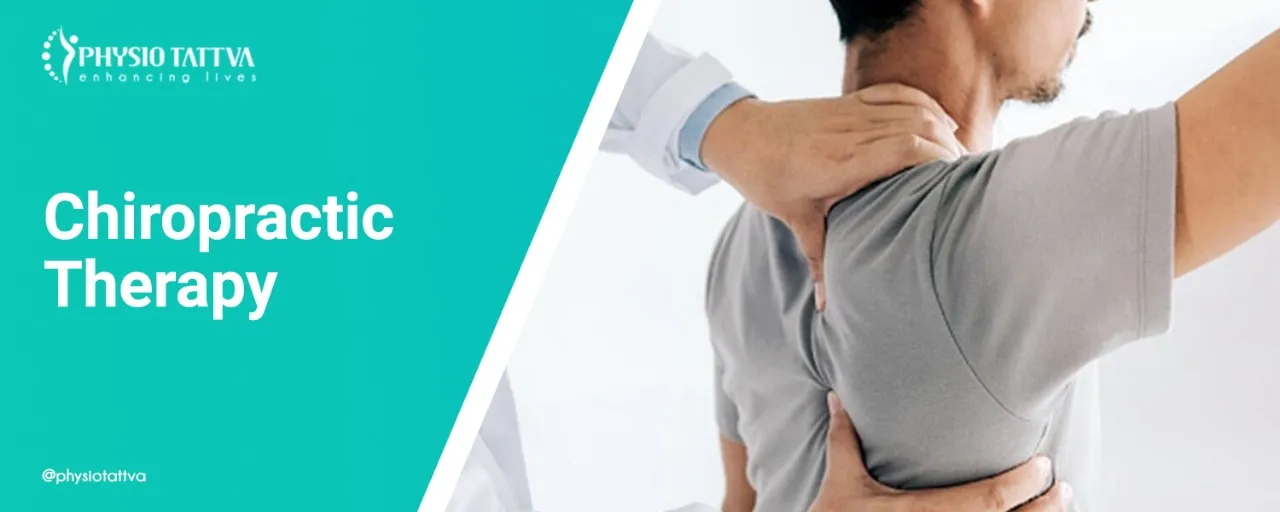
.webp)
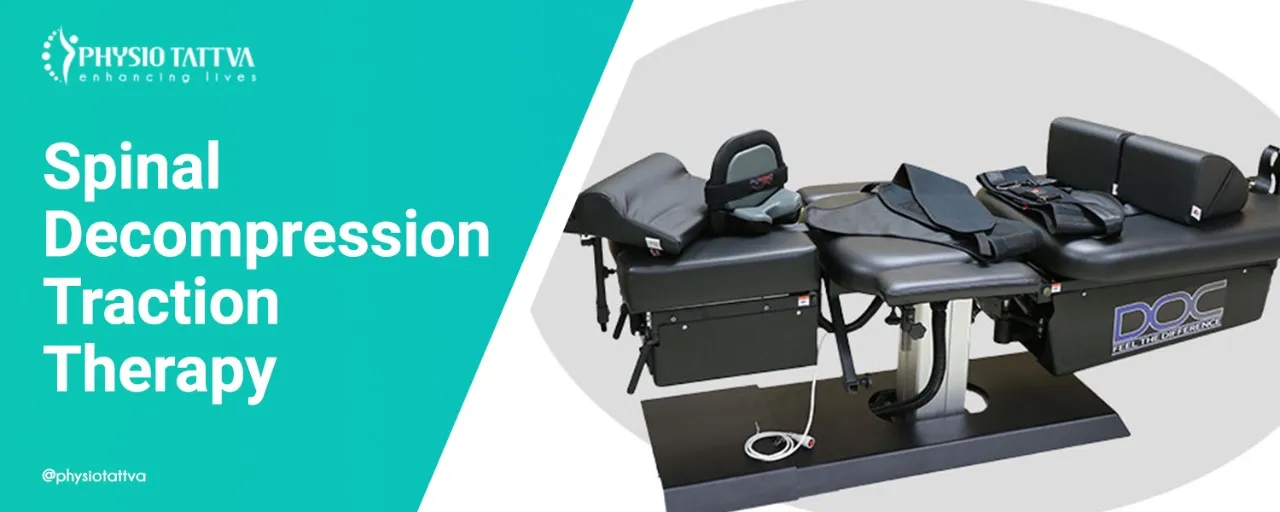
.webp)
.webp)
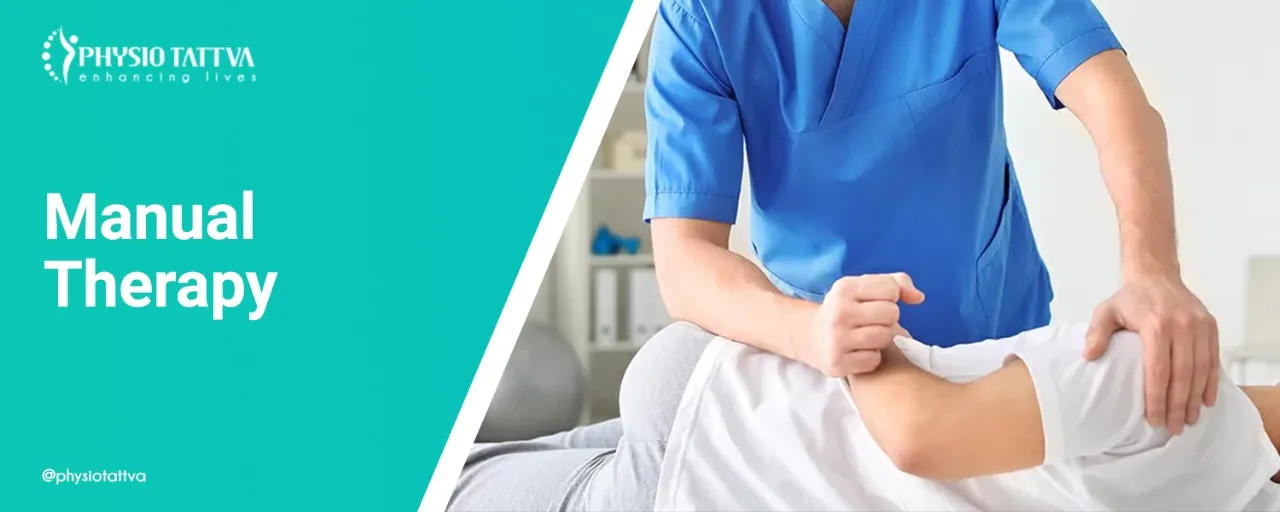
.webp)






.webp)
.webp)

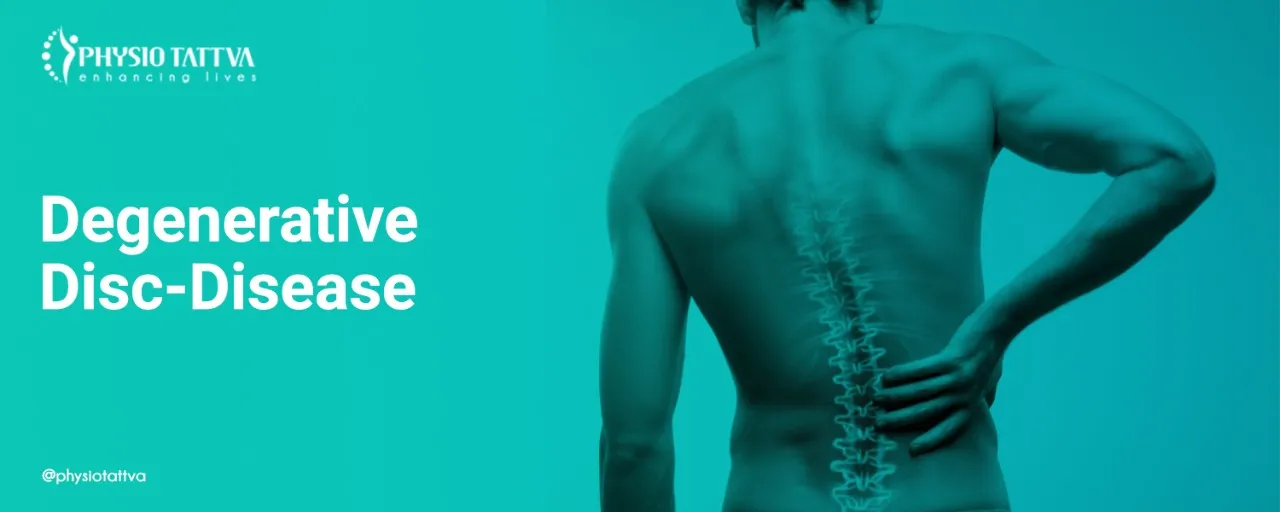

.jpeg)

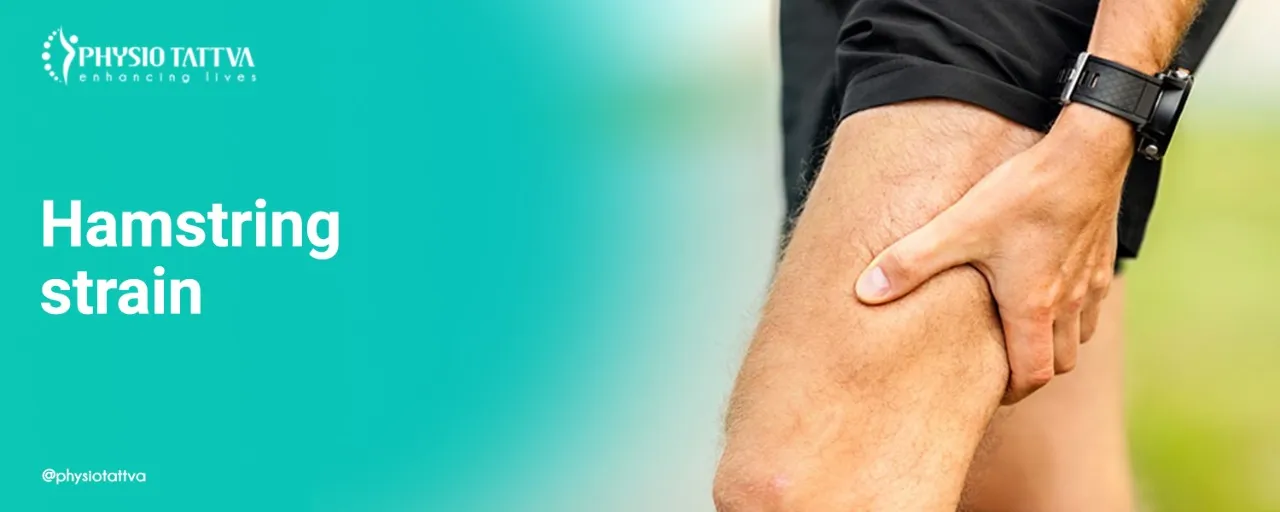

.webp)
.webp)

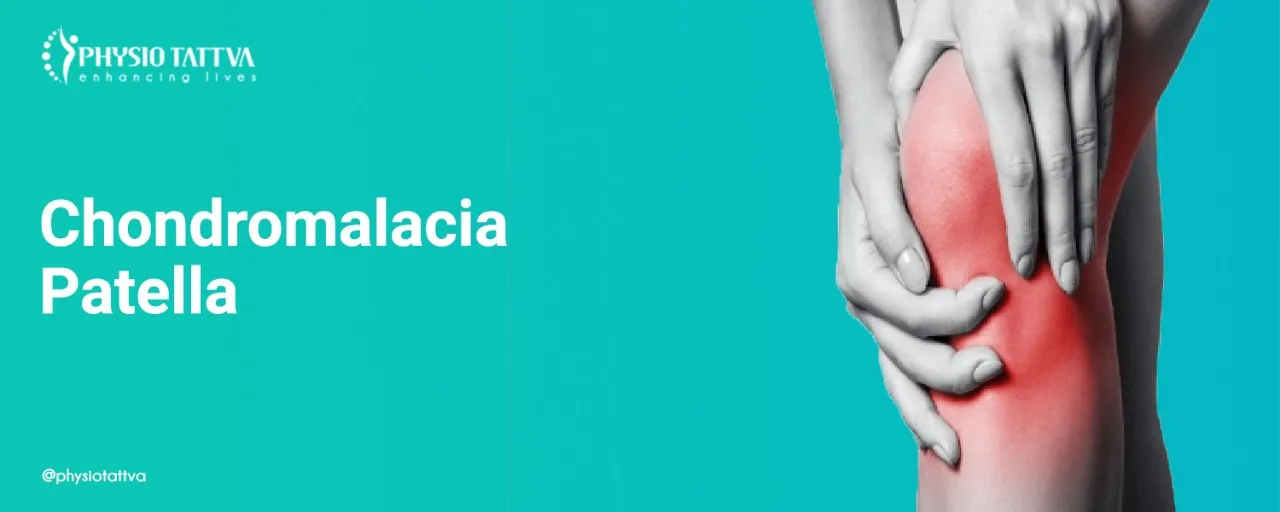


.webp)







.png)








%20(1)-p-3200.jpeg)


.jpg)
.webp)
.webp)
.webp)




